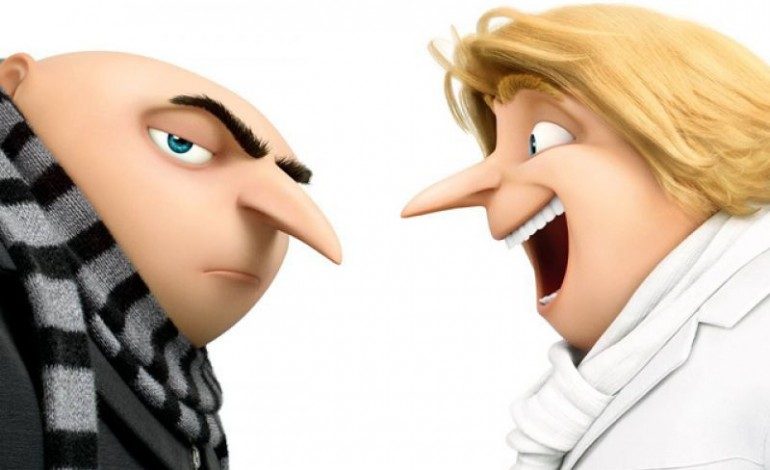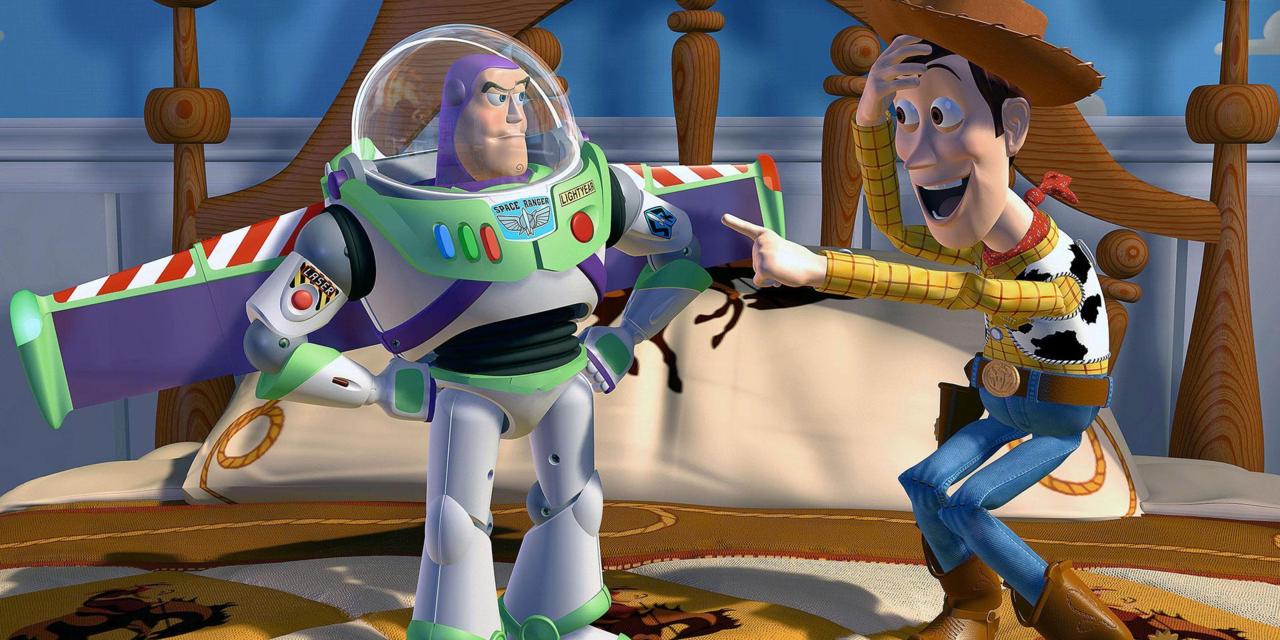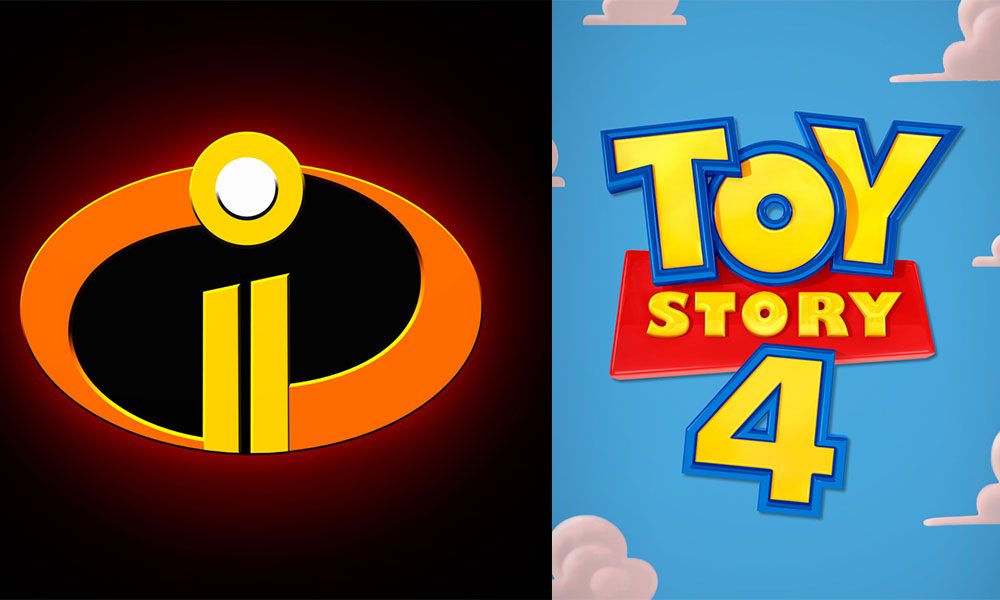

I remember a time when Toy Story 2 was an anomaly – a computer-generated animated film that was not based on an original concept, but instead built on an existing franchise. For years, Disney and Pixar cranked out one original idea after another, and they weren’t the only ones. In the early 2000s, other studios such as DreamWorks brought us such untested properties as Shrek and Shark Tale. One could argue that Shrek was based on an existing children’s book, but take one look at William Steig’s short 1990 story and you can see that the film was a wildly loose adaptation. There were sequels here and there, such as the second Toy Story and Shrek 2, but for the most part, computer animation was seen as a new creative frontier in filmmaking, a chance for unbridled innovation to lead the way. Unfortunately, it seems that today this innovation is giving way to the same sequel- and franchise-centric thinking that has come to dominate the live-action film landscape.
Back in 1995, computer animation was still in its infancy. Fresh off of early animated shorts such as Luxo, Jr. and Tin Toy, Pixar released the first of three planned feature-length collaborations with Disney, Toy Story. The movie, of course, was a critical and commercial success, paving the way for several more Disney collaborations. For nearly fifteen years, with the exception of Toy Story 2, Pixar delivered a string of wildly original concepts praised by audiences and critics alike, including A Bug’s Life, Monsters, Inc., Finding Nemo, The Incredibles, Cars, Ratatouille, WALL-E, and Up. Likely due to the mix of their unique creative process (a “Pixar Braintrust” of directors and writers who cultivated original story ideas) and the consistent technological breakthroughs the studio achieved during a time when computer animation was still a relatively undeveloped artistic medium, Pixar helped to establish this new style of animated films as a breeding ground for creative excellence.
But around 2010, there was a change in the wind. To wrap up their beloved trilogy, Pixar released Toy Story 3 to near-universal acclaim and massive financial success. Perhaps in response to this superb reception, Pixar next offered up Cars 2. This film, which tried to go bigger and broader than its small-scale predecessor, received some of the worst reviews of any of the studio’s films to date and revealed that Pixar was not infallible. Next came Brave, an original idea with a simplistic story that failed to sell many critics, and then another sequel, Monsters University, which was positively received but which fans felt didn’t matched the brilliance of the first film.
Since then, Pixar has released an original movie every few years, with sequels squeezed in be-tween. The studio isn’t struggling by any means, as films such as Finding Dory show that they know how to nail a sequel and original projects like Inside Out prove that they can still whip up an inventive product. But, movies such as the recent Cars 3, despite its well-received story, and the upcoming Incredibles 2 and Toy Story 4 have some fans worried that Pixar, like Marvel Studios and Warner Bros. Entertainment, are more interested in building franchises based on familiar characters than on delivering unique stories.
The Walt Disney Company in particular, as the corporate parent of Marvel, Lucasfilm, and Pixar, has been having a field day with franchises, from the Avengers movies to the new Star Wars films. Even its own Walt Disney Animation Studios is leaning in that direction, already building hype for the sequel to its 2013 smash hit Frozen. But it’s not just Disney that’s settling into this franchise-focused mindset. DreamWorks, another pioneer of computer animation that got its start in the late 90s, has made three sequels to the first Shrek, with a fifth film slated for a 2019 release. Never mind the fact that the third and fourth films in the series received decreased box office returns and a disappointing critical response. Additionally, DreamWorks has released three Kung Fu Panda films and three Madagascar movies, plus a spinoff film. Slated for release over the next several years are How to Train Your Dragon 3, Trolls 2, Madagascar 4, and The Boss Baby 2, among other projects.
And even smaller animation studios are shifting more to sequels, or at least previously-established properties. Illumination Entertainment, the studio that offered as its debut feature the wildly popular and surprisingly emotional Despicable Me, just released Despicable Me 3 and plans to produce The Secret Life of Pets 2, Minions 2, and Sing 2 in the near future, along with a slew of animated adaptations of Dr. Seuss books. Similarly, Blue Sky Studios released its fifth Ice Age film last year, and its next production is based on the well-known children’s literary character Ferdinand the Bull.
It is one thing for a studio to produce a sequel to a successful film, and movies like Shrek 2 and Toy Story 3 prove that this can be done well, but when a corner of the film industry known for consistent innovation begins leaning primarily on established properties, greenlighting sequels for nearly all of their movies, and repeatedly pushing series to their fourth and fifth films, it is a troubling sign. Especially in an artistic medium in which literally anything is possible, a field where characters and storylines are limited only by the imaginations of the animators, there is little excuse for a lack of originality.
Personally, I’d like to see studios continuing to push the envelope, standing out from their live-action competitors by avoiding the temptation of franchise-building and instead focusing on new ideas. I understand that the financial safety tied to the decision to crank out another Shrek or Ice Age is alluring, and even as an audience member I’ll admit that seeing well-known characters on the screen is enjoyable. But in the long term, I believe that computer animation studios will only succeed in fulfilling their creative potential by continuing to present new scenarios and characters that reflect the changing times and the ever-shifting interests of their primarily pre-adolescent audience.
Based on recent news, I may get my wish yet. At Disney’s recent D23 Expo, aside from Toy Story 4 and The Incredibles 2, Pixar promoted their upcoming film Coco, a story focused on Mexico’s Día de los Muertos holiday, and announced another intriguing original concept they are working on involving a fantastical suburban setting. Blue Sky Entertainment also has a handful of unique features sprinkled among its planned sequels, such as a picture provocatively titled Pigeon Impossible. Perhaps the early hints of franchise fatigue evidenced by the less-than-stellar releases of Shrek Forever After, Cars 3 and Despicable Me 3 have convinced studios that sequels may not necessarily spell a safe bet anymore.
Notably, as paying moviegoers we have a lot of power in terms of where animation goes in the future. While the golden age of original computer-animated features may have drawn to a close, there is the potential for studios to bounce back and reinvent themselves through their work, depending upon the box-office returns and critical reception of their ceaseless sequels. Only time will tell whether these studios begin relying more heavily on new ideas as audiences continue to tire of repetitive franchise entries, but in the meantime, I’ll keep my fingers crossed that the Toy Story series (as much as I love it) does not continue to infinity and beyond.





